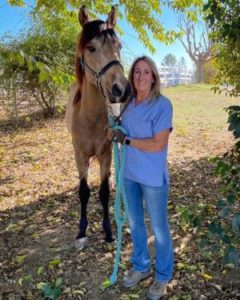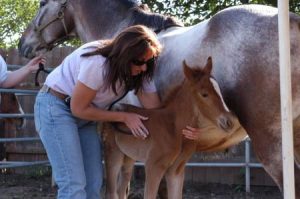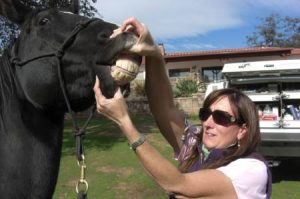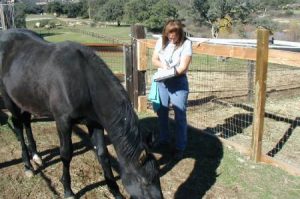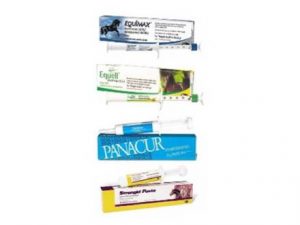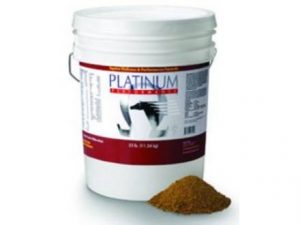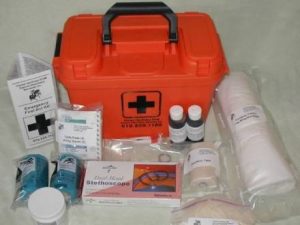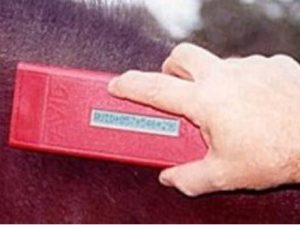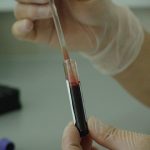- Fill a 2- to 4-quart plastic container two-thirds full with water. Mark the water level on the outside of the container.
Add 6 large fecal (manure) balls from your horse and mark the new water level on the container.
Now you have a system to add the same amount of manure every time you do the test: fill the container with water to the first mark and add enough manure to have the water rise to the secondmark.
- Mix the manure and water into a slurry, allowing any sand to settle to the bottom. Gently pour off the slurry of manure and water. Any sand will remain at the bottom.
- If you find 1/4 teaspoonful or more sand on the bottom of the container, the test is positive.
- Test your horse’s manure every other day for 2 weeks and record the results.
Make sand tests a routine part of your horse’s care. To initially evaluate your horse, do a sand test every other day for 2 weeks. One negative test does not prove that sand is not present in the large colon.
Do not feed any hay, grain, supplements or other type of feed from sandy ground.
Feed hay on carpeting, a platform or wood shavings in an area of at least 8 ft by 8 ft. If you graze your horse in grass paddocks, be sure that the grass is not being cropped too closely, exposing the underlying sand or dirt.
Click here for psyllium product for your horse’s feed to help coat any sand that has been ingested,thereby reducing irritation to the intestine. This also helps move the sand along through the intestinal tract.
If you have any questions concerning sand ingestion and testing for sand contact us at 619-659-1180.

